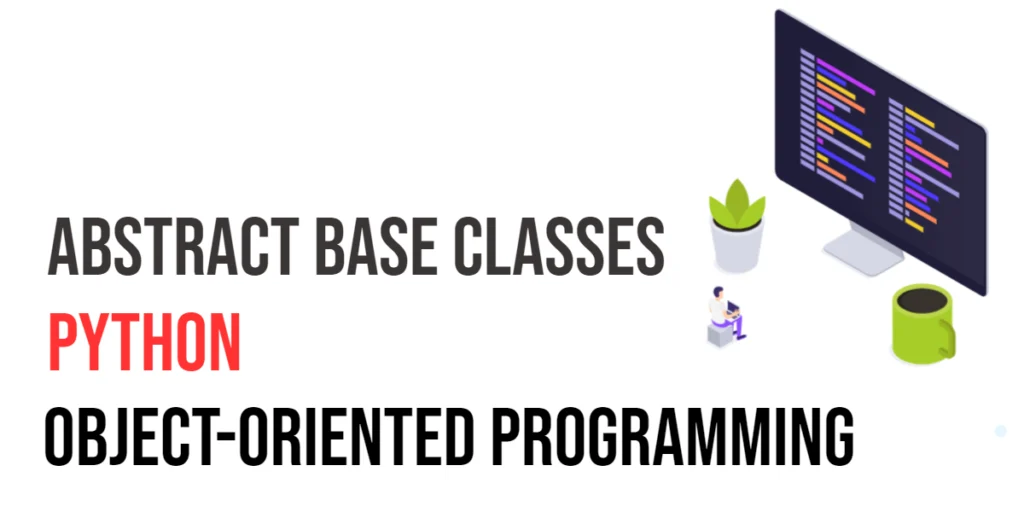Calculating the volume of a cube is one of the simplest yet most essential exercises for beginners in C++. The volume tells us how much space an object occupies, which is useful in everyday scenarios like packaging, construction, or 3D modeling. Learning to implement this calculation in C++ allows beginners to practice arithmetic operations, user input, and basic program structure, connecting math concepts to programming in a clear and engaging way.

with hands-on learning.
get the skills and confidence to land your next move.
Program 1: Calculate Volume of a Cube Using User Input
This program prompts the user to enter the side length of a cube and computes its volume using the formula: Volume = side × side × side.
#include <iostream>
using namespace std;
int main() {
double side, volume;
cout << "Enter the side length of the cube: " << endl;
cin >> side;
volume = side * side * side;
cout << "Volume of the cube is: " << volume << endl;
return 0;
}The program works by reading the side length from the user, calculating the cube of this value, and displaying the volume. Beginners can see how a mathematical formula translates directly into code, and how to handle input and output in C++.
Program 2: Calculate Volume Using a Predefined Side
Sometimes, you may want to calculate the volume without requiring user input. This program demonstrates using a predefined side length for the cube.
#include <iostream>
using namespace std;
int main() {
double side = 4.0;
double volume = side * side * side;
cout << "Volume of the cube is: " << volume << endl;
return 0;
}Using predefined values is useful for testing and understanding the calculation logic. Beginners can quickly see results and modify the side length to observe how it affects the volume.
Program 3: Calculate Volume for Multiple Cubes Using Arrays
To calculate the volume of multiple cubes efficiently, arrays can store different side lengths. This program demonstrates this approach.
#include <iostream>
using namespace std;
int main() {
double sides[] = {2, 3, 5};
int n = 3;
for(int i = 0; i < n; i++) {
double volume = sides[i] * sides[i] * sides[i];
cout << "Cube " << i+1 << " Volume: " << volume << endl;
}
return 0;
}By using arrays and loops, beginners learn to perform repeated calculations without redundancy. This method is efficient and introduces the concept of working with multiple datasets in C++.
Program 4: Calculate Volume Using a Function
Encapsulating the cube volume calculation in a function makes the program modular, reusable, and easy to maintain.
#include <iostream>
using namespace std;
double cubeVolume(double side) {
return side * side * side;
}
int main() {
double side;
cout << "Enter the side length: " << endl;
cin >> side;
double volume = cubeVolume(side);
cout << "Volume of the cube is: " << volume << endl;
return 0;
}Functions allow beginners to organize code logically and reuse calculations for different side lengths without rewriting the logic. It also introduces concepts of parameters and return values, which are fundamental in programming.
Frequently Asked Questions (FAQ)
Q1: Can the program handle negative side lengths?
Technically yes, but a negative volume is not meaningful in real-world scenarios. Always use positive numbers.
Q2: Can I use integers instead of doubles?
Yes, but doubles allow for fractional side lengths, which is more practical in many applications.
Q3: Why use a function instead of direct calculation?
Functions make the code modular, easier to read, and reusable, especially for larger programs or multiple calculations.
Q4: Can this program be extended to calculate surface area as well?
Yes, by creating a separate function or formula for surface area = 6 × side², you can compute both volume and surface area.
Conclusion
Finding the volume of a cube in C++ is a simple yet important exercise for beginners. By practicing user input, predefined values, arrays, and functions, learners strengthen their understanding of arithmetic operations, loops, and modular programming. These foundational skills help beginners connect programming logic to real-world applications, like modeling, packaging, or geometry problems.
Additional & References
Beginners should experiment with different side lengths, arrays, and functions to calculate volumes for multiple cubes. This practice helps improve problem-solving skills and understanding of C++ fundamentals.
- C++ Functions – Guide to writing reusable functions.
- C++ Arrays – Learn how to store and manipulate multiple values.
- C++ Input/Output – Efficient ways to handle user input.
- GeeksforGeeks: Volume of Cube – Step-by-step tutorial with examples.
- Mathematics of Cubes – Explanation of cube properties and volume formula.







